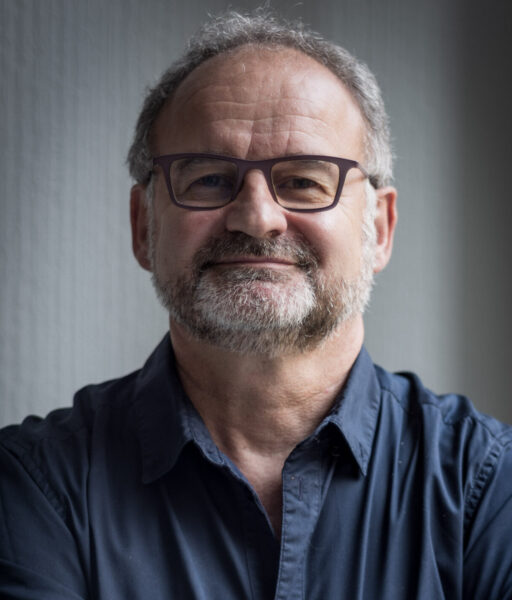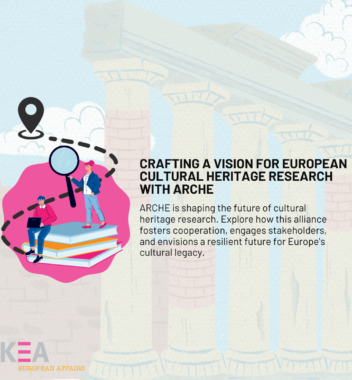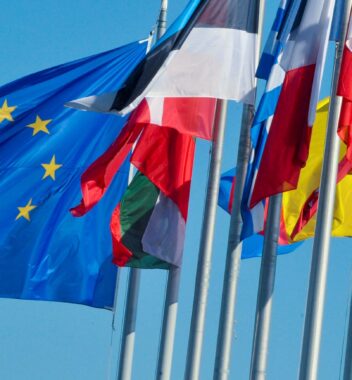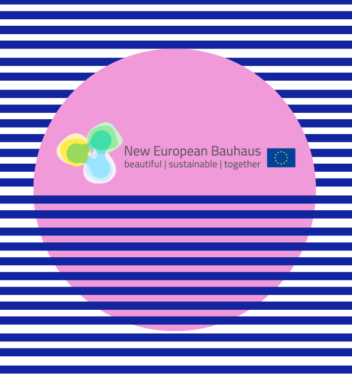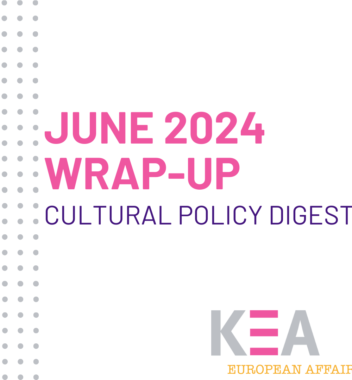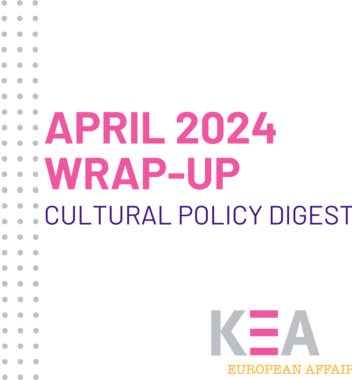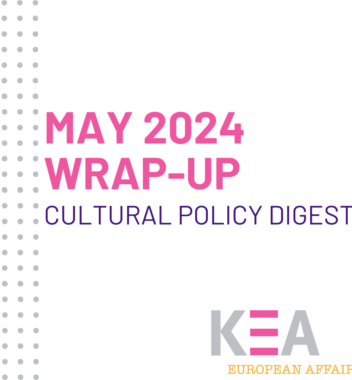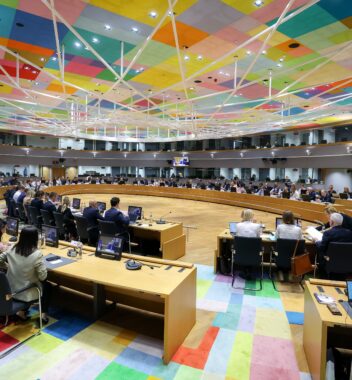
On Monday 3rd of October, the CULT committee met in Strasbourg to reflect, amongst other things, on the implementation of major initiatives for the cultural and creative sector in Europe: the New European Agenda for Culture (2018) and the EU Strategy for International Cultural Relations (2016).
The meeting revolved around a draft report presented by MEP Salima Yenbou (Renew) who is the rapporteur on the subject in the European Parliament. Such report comes in a highly timely manner for the European cultural policy ecosystem as the Council’s Work Plan for Culture comes to an end in 2022 and the next one is currently under preparations, covering the period 2023-2026.
On the New European Agenda for Culture
First, the rapporteur initiated the discussion by sharing the general positive feedback received by the Commission and stakeholders in relation to the implementation of the past NEAC. Despite the very damaging impact taken by the CCS amidst the COVID-19 pandemic, the general objectives of NEA were impressively achieved.
But it rapidly followed by the main argument in which calls the Commission to go beyond the crisis approach and to adopt a systematic approach to future policymaking in the field of culture. The criticism aimed at the post-covid-19 recovery horizon of “back to normal” as inherently flawed, as the business-as-normal is the problem in the CCSI. It also looked at the high level of bureaucracy as an obstacle for smaller association and cultural operators who lack the operational capacity to prepare complex applications; thus, creating a negative impact on cultural diversity by favouring larger and consolidated organizations.
On the Joint Communication ‘Towards an EU Strategy for IRC’
The report assesses the evaluation of the Joint Communication around three main points:
The notion that 2016 was a starting point and not an end result, given that the Joint Communication is not a strategy yet, but a document delineating a blueprint towards a future strategy.
The importance of a common understanding of ICR and the active engagement of CSOs. The report calls for a more people-to-people and bottom-up approach to ICR by actively integrating the local CSO, strengthening the role of EU Delegations, and generally moving away from the one-size-fits-all way of thinking.
The role of leadership and implementation of ICR. The report finishes by calling for more high-level political engagement towards ICR. In the Rapporteur’s view the current prioritization of ICR in the EU external action is lower than with former HR/VP Mogherini. Such lack of political will in promoting IRC has led to a lack of clarity and consistency throughout EU foreign policy, from the EEAS and the Delegations to DG INTPA and DG NEAR.
For instance, this shift can be observed in the profiles appointed for the cultural focal points in the EU Delegations, often closer to communication than cultural policy experts. The report argues that if this trend is not reversed, ICR can languish into a field linked merely to outreach and events, rather than as a self-standing policy field to be transversally addressed in all relations with third countries and parties.
Even if the report welcomes the creation of cultural focal points in EU delegations in the first places, it also encourages the EU delegations to strengthen their role to counteract the risk abovementioned. The report places great emphasis on the allocation of necessary resources to EU’s ICR efforts both in Brussels and overseas. If the EU does not walk its talk, a potential ICR strategy might be doomed to fail before its inception.
That is why the Rapporteur concluded by corroborating the need to continue what was started in 2016 and develop a fully-fledged strategy for EU International Cultural Relations. In her own words the strategy must work towards the coordination amongst the various services that already exist, the integration and mainstreaming of culture in all areas of EU external action and the inclusion of the cultural dimension in European diplomatic training.
Conclusion
Overall, the report considers the NEAC and the Joint Communication as valuable starting points for policymaking in the cultural field but at the same times is ambitious for what is to come. KEA shares the Rapporteur’s vision for a coherent and systematic European cultural policy that can articulate and coordinate the many cultural interventions scattered across various EU policies. We believe that it is critical for the EU to make us of its cultural resources and diversity to promote freedom of expression, tolerance to achieve “un vouloir vivre ensemble” and foster solidarity in Europe and beyond.
KEA welcomes the vision and ambition of this draft report and encourages the CULT committee to continue with this line of work. A line that also goes hand in hand with the latest “Recommendation by the Council of Europe on the role of culture to address global challenges,” for which KEA is proud to have contributed. As we have explained in our previous blog, it is necessary to develop a new understanding on the contribution of culture in our societies. Therefore, KEA sees both contributions as complements to each other in composing a blueprint for cultural policies fit to address great challenges of today and tomorrow.
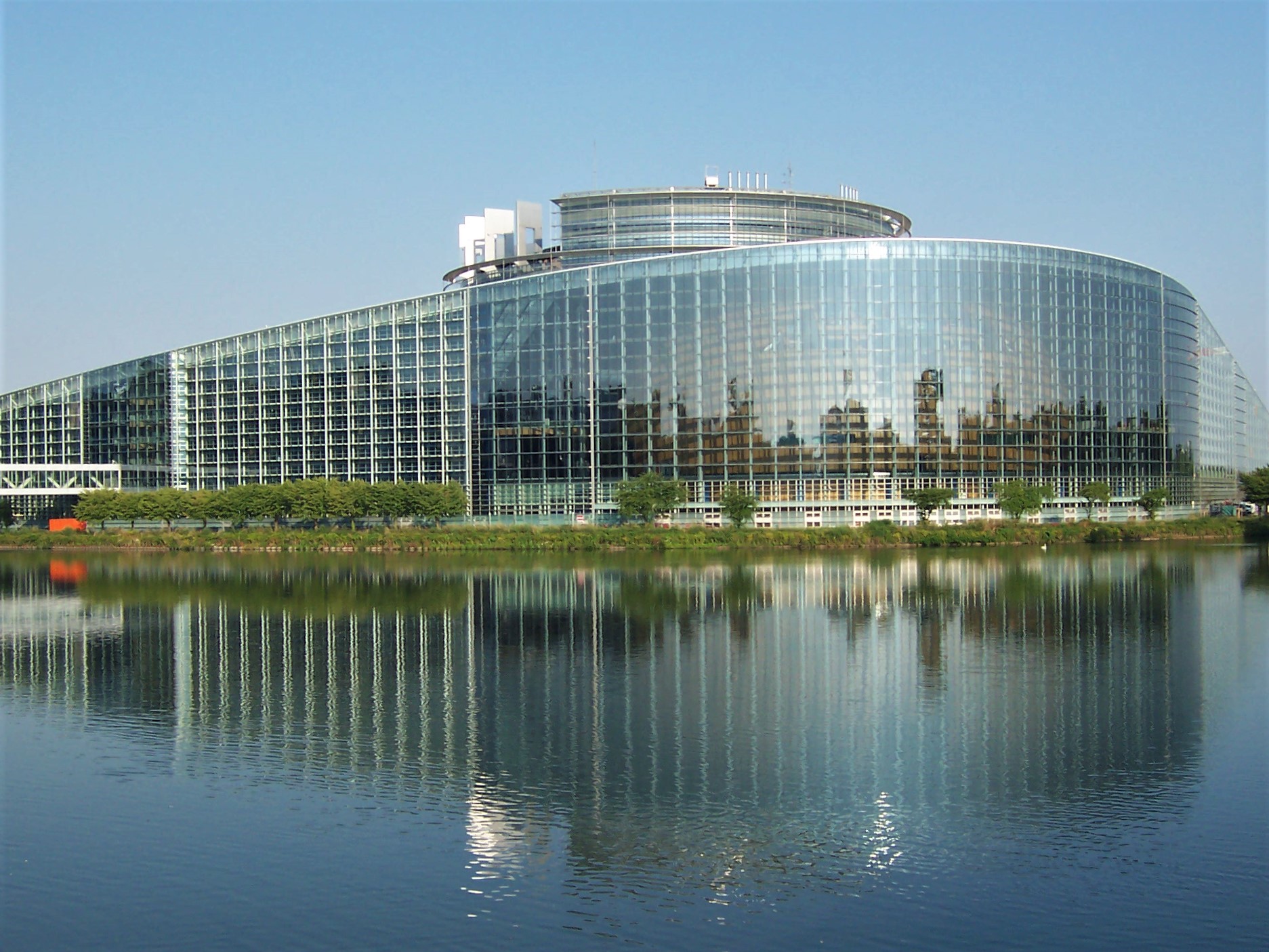
KEA has been advising territories, organisations and people to unlock the potential of cultural and creative industries since 1999. www.keanet.eu
